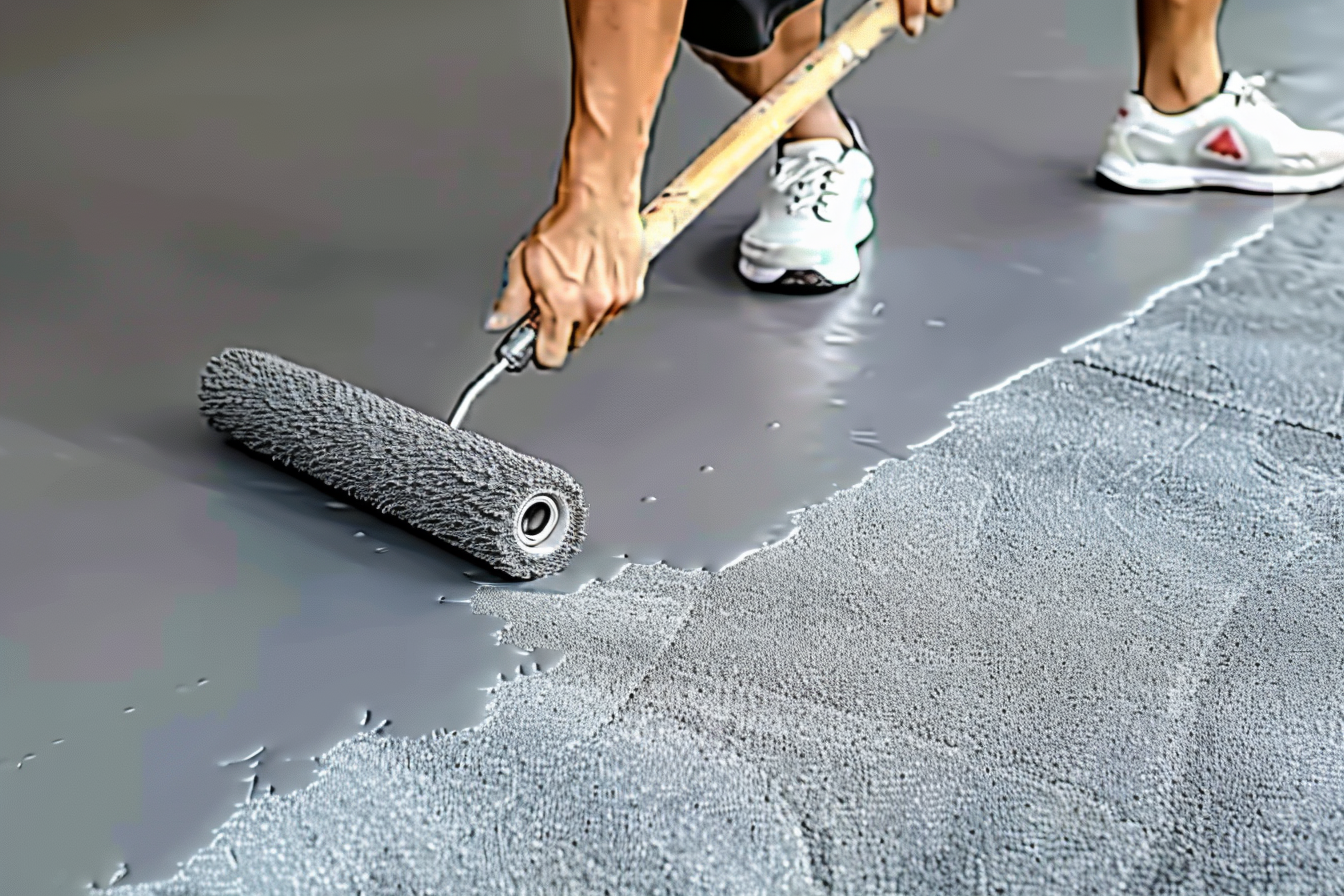What Are the Pros and Cons of Epoxy Garage Floors?
Thinking about upgrading your garage? Epoxy garage flooring is a popular choice for homeowners who want a durable, clean, and polished finish that stands up to heavy use. This article explores the real cost, installation options, long-term durability, and maintenance tips so you can decide whether epoxy is the right investment for your space. Whether you're considering a DIY project or hiring a professional, this guide provides clear and practical insights to help you make the best decision.

Garage flooring choices can significantly impact both the functionality and appearance of your space. Epoxy coatings have emerged as a widely considered solution for homeowners seeking to enhance their garage floors with a durable, attractive finish. These coatings involve applying a resin-based material over concrete surfaces, creating a seamless, glossy layer that resists wear and tear. Before committing to this flooring option, it’s essential to weigh the benefits against the potential drawbacks to determine if epoxy aligns with your specific requirements and expectations.
What Are the Benefits and Lifespan of Epoxy Garage Floors?
Epoxy garage floors offer numerous advantages that make them attractive to homeowners. The coating creates an extremely durable surface that withstands heavy vehicle traffic, impacts from dropped tools, and chemical spills from automotive fluids. The glossy finish reflects light, brightening the garage space and making it easier to spot small items or spills. Epoxy floors are also relatively easy to clean, requiring only regular sweeping and occasional mopping with mild detergent.
Regarding longevity, professionally installed epoxy floors typically last between 10 to 20 years when properly maintained. The lifespan depends on several factors, including the quality of the epoxy product, the thoroughness of surface preparation, the volume of traffic, and adherence to maintenance routines. High-quality commercial-grade epoxy systems tend to outlast consumer-grade options. Garages with lighter use and proper care can see their epoxy floors remain in excellent condition for two decades or more, while high-traffic areas may require recoating sooner.
What Are the Cost and Installation Options for Epoxy Flooring?
The financial investment for epoxy garage floors varies considerably based on several factors. DIY epoxy kits available at home improvement stores typically range from $50 to $200 for a two-car garage, making them an affordable option for budget-conscious homeowners. However, these kits often contain lower-quality materials and require significant preparation work, including thorough cleaning, crack repair, and sometimes acid etching or grinding the concrete surface.
Professional installation provides superior results but comes at a higher cost. Contractors typically charge between $3 and $12 per square foot, depending on the epoxy quality, number of coats, decorative elements like color flakes or metallic finishes, and regional labor rates. For a standard 400-square-foot two-car garage, professional installation generally costs between $1,200 and $4,800. The surface preparation quality significantly impacts the final result, as epoxy adheres poorly to contaminated or improperly prepared concrete.
| Installation Type | Provider/Method | Cost Estimation |
|---|---|---|
| DIY Epoxy Kit | Home Depot, Lowe’s, Rust-Oleum | $50 - $200 per two-car garage |
| Basic Professional Installation | Local flooring contractors | $3 - $5 per square foot |
| Premium Professional Installation | Specialty epoxy companies | $7 - $12 per square foot |
| Polyaspartic Coating (Upgrade) | Professional installers | $8 - $15 per square foot |
Prices, rates, or cost estimates mentioned in this article are based on the latest available information but may change over time. Independent research is advised before making financial decisions.
How Does Epoxy Compare with Other Floor Coatings in Maintenance?
When comparing epoxy to alternative garage floor coatings, maintenance requirements and durability differ significantly. Epoxy requires minimal upkeep compared to bare concrete, which is porous and stains easily. Regular sweeping and occasional mopping keep epoxy floors looking pristine. However, epoxy can yellow over time when exposed to UV light, particularly in garages with large windows or open doors.
Polyaspartic and polyurea coatings represent more advanced alternatives to traditional epoxy. These coatings cure faster, allowing for quicker installation and use, and they resist UV yellowing better than epoxy. They also tend to be more flexible, reducing the likelihood of cracking. However, polyaspartic coatings typically cost 20 to 50 percent more than epoxy. Interlocking garage floor tiles offer another alternative, providing easy installation without surface preparation, but they may shift over time and trap moisture underneath.
Paint-based garage floor coatings are the most budget-friendly option but require frequent reapplication every two to three years. They lack the durability and chemical resistance of epoxy systems. Concrete sealers provide basic protection and are easy to apply but don’t offer the aesthetic transformation or durability that epoxy provides.
What Are the Drawbacks of Epoxy Garage Floors?
Despite their benefits, epoxy floors have several limitations worth considering. The installation process is labor-intensive and time-sensitive, requiring precise surface preparation and specific temperature and humidity conditions for proper curing. Moisture in the concrete can cause epoxy to bubble or peel, making proper moisture testing essential before application. Once applied, epoxy takes several days to fully cure, during which the garage cannot be used.
Epoxy surfaces can become slippery when wet, posing a safety concern, particularly in climates with snow or rain. Adding anti-slip additives or textured finishes can mitigate this issue but may affect the smooth, glossy appearance. Epoxy is also susceptible to hot tire pickup, where hot tires from recent driving can soften and lift the coating. This issue is more common with lower-quality products and improper curing.
Repairs can be challenging, as damaged sections often require grinding down and recoating, which may not match the original finish perfectly. In extremely cold climates, epoxy can become brittle and crack. Additionally, removing epoxy flooring is difficult and costly, requiring mechanical grinding equipment if you decide to change flooring types in the future.
Epoxy garage floors offer a compelling combination of durability, aesthetics, and functionality that appeals to many homeowners. The decision to install epoxy should account for your budget, DIY skills, climate conditions, and long-term garage usage plans. While the initial investment and installation effort are significant, the extended lifespan and low maintenance requirements often justify the cost for those seeking a professional-grade garage floor. Carefully evaluating both the advantages and limitations ensures you select the flooring solution that best meets your specific needs and expectations.




